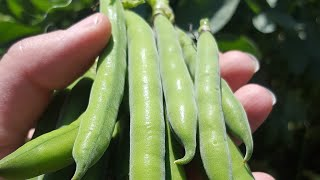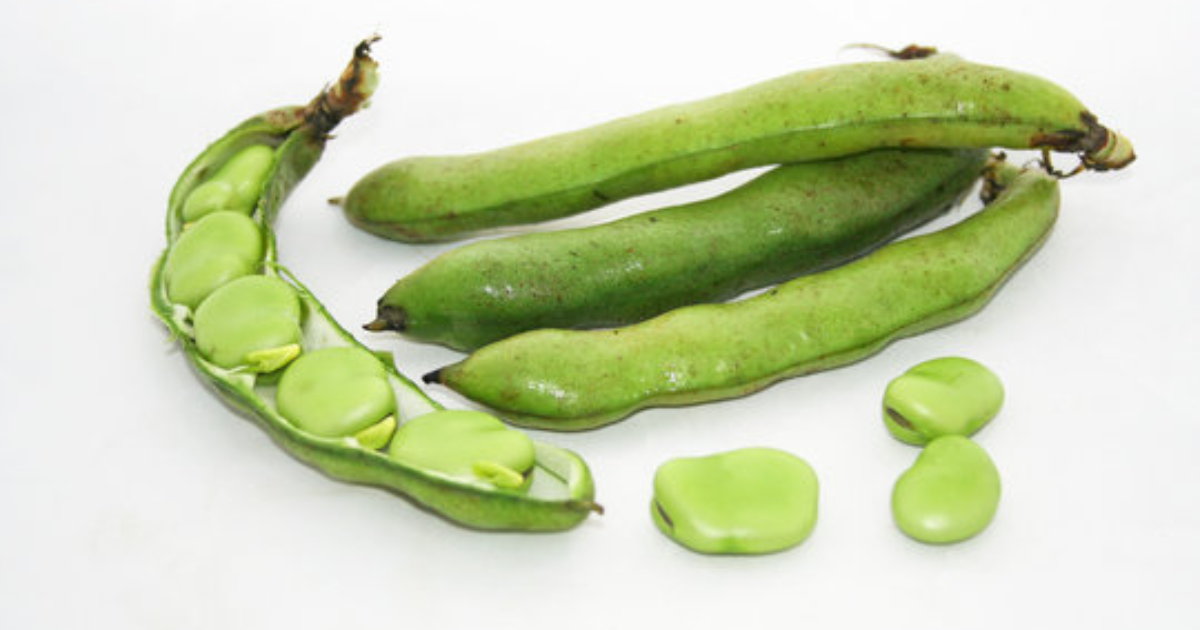Warm Introduction
Want a garden that thrives every month? Timing is everything. Planting at the right moment ensures healthy, abundant harvests. In this guide, I’ll walk you through an easy monthly vegetable planting calendar—perfect for planning seasonal sowing and planting. Whether you’re cultivating in raised beds, containers, or pasture, this helps you grow fresh vegetables all year long.
We’ll cover:
- Why timing matters for garden success
- When to sow seed vs transplant
- Monthly planting lists
- How to adapt by region
- Common mistakes and how to avoid them
Early in your journey, you’ll notice how this aligns beautifully with garden herbs and edible fruit trees or complements your composting for nutrient‑rich soil efforts—and it fits right into a holistic organic pest control with natural remedies routine.
1. Outline & Word Counts
- Title & Introduction (~150 words)
- Why Planting Time Matters (~250 words)
- Key Techniques: Seeds vs Transplants (~200 words)
- Monthly Planting Guide (~600 words)
- Common Mistakes & Simple Fixes (~250 words)
- Benefits of Seasonal Planting (~200 words)
- Regional & Seasonal Adjustments (~200 words)
- Tools & Materials Checklist (~100 words)
- FAQs (~300 words)
- Conclusion & Call to Share (~100 words)
Total: ~2,350 words (trim as needed)
2. FAQs (People Also Ask)
- When is the best time to plant tomatoes?
- How often do I plant cucumbers?
- Can I grow vegetables all year?
- What’s the difference between sowing and transplanting?
- How do I adjust planting times in a hot climate?
3. LSI & NLP Keywords
- monthly planting calendar
- vegetable sowing guide by month
- seasonal garden planning
- tomato planting schedule
- sow vs transplant vegetables
- continuous harvest tips
- gardening by planting zone
- cool-season vs warm-season crops
- regional planting adjustments
- year-round vegetable garden
4. Internal Linking Opportunities
Early in the introduction, include:
- garden herbs and edible fruit trees – complementary early-season crops
- composting for nutrient-rich soil – most veggies thrive in enriched beds
- organic pest control with natural remedies – key to supporting plantings
Why Planting Time Matters
Planting too early or too late can stunt growth, reduce yields, or invite pests and diseases.
- Soil temperature affects seed germination
- Frost and heat stress can damage seedlings
- Matching plant needs to seasonal weather ensures optimal growth
- Knowing when to sow directly or transplant sets up healthy development
By aligning sowing and planting with natural rhythms, you maximize success and reduce intervention.

Seeds vs Transplants: Smart Planting Tips
- Direct sow seeds (beans, carrots, spinach) when soil warms and is workable
- Start seeds indoors (tomatoes, peppers) to get a head start before planting out
- Transplant seedlings after risk of frost has passed and soil has warmed
Understanding the right method by plant ensures stronger, healthier plants and better yields.
Monthly Planting Guide
Here’s when to plant in temperate to Mediterranean climates:
January – March
- January: focus on planning, seed sorting, soil prep
- February: sow onion, lettuce, broad beans, early peas under cover
- March: sow radish, carrots, spinach; start tomatoes, eggplant in trays
April – June
- April: transplant seedlings (tomatoes, peppers); direct-sow beans, corn
- May: sow cucumber, squash, zucchini, melons; transplant continued
- June: sow radish, lettuce for summer pickings
July – September
- July: sow second rounds of beans, carrots, spinach, kale
- August: plant beets, radish, pak choi, spinach for autumn harvest
- September: sow lettuce, broad beans, garlic, onions
October – December
- October: plant garlic, onion sets, overwintering brassicas
- November: sow fine greens (arugula, chard), pack beds for winter
- December: enjoy hardy greens; plan for next spring
Use this table as a flexible calendar—you can stagger sowings every few weeks for a more constant harvest.
Common Mistakes & Simple Fixes
| Mistake | Result | Fix |
|---|---|---|
| Planting only once | Harvest glut then dry spell | Succession sow every 2–3 weeks |
| Confusing sow vs transplant | Poor germination or transplant shock | Follow planting recommendations carefully |
| Ignoring frost dates | Seed damage or death | Check last frost and soil temp before sowing |
| Overcrowding seedlings | Disease and split fruit | Thin early and space according to seed packet |
| Poor soil preparation | Stunted plants, nutrient issues | Add compost; keep soil fertile and well-drained |
| Forgetting season extension | Crop loss from frost | Use cloches, row covers, mulch for protection |
Benefits of Seasonal Planting
- Higher yields by matching crops to ideal conditions
- Less pest/disease pressure when plants grow in their proper months
- Longer harvest windows with succession sowing
- Optimized resource use – water, mulch, and compost timed logically
- Improved garden confidence – knowing what to plant when
Regional & Seasonal Adjustments
- Cold regions: start seeds indoors 4–6 weeks before last frost
- Hot zones: sow cool-season crops in autumn; mulch heavily
- Short seasons: seek early- and late-maturing varieties
- Container gardeners: pick compact cultivars and watch soil temps
Tailor your planting calendar by adjusting two weeks before or after frost date benchmarks.
Tools & Materials Checklist 🛠️
- ⏱️ Calendar or planner app
- 🍃 Seed packets sorted by planting month
- 🪴 Containers for seed-starting
- 🧑🌾 Compost and organic fertilizer
- 🧊 Soil thermometer
- 📏 Labels and marker for seedlings
Frequently Asked Questions
Q: When should I plant tomatoes?
A: Transplant tomato seedlings after last frost, typically April–May.
Q: How do I keep a continuous harvest?
A: Sow short-cycle crops every few weeks; plant shade crops mid-summer.
Q: Can I grow vegetables all year?
A: Yes—cold-hardy greens can be planted in autumn and winter in mild climates.
Q: What’s succession planting?
A: It’s sowing the same crop in intervals to extend harvests—e.g., lettuce every 2 weeks.
Q: Do I need to follow USDA zones?
A: They offer a starting point, but local conditions and microclimates matter most.
Conclusion & Engagement
Following a monthly planting calendar gives your garden clarity, abundance, and rhythm. With well-timed sowing, season-aware planting, and simple care, you can enjoy fresh harvests almost year-round.
Try this guide for a full season—share your experiences, favorite crops, and timing tweaks below. Let’s grow together! 🌿👩🌾👨🌾
1️⃣ Anchor text: how to improve garden soil for better yields
URL: https://www.growveg.com/guides/how-to-improve-your-soil-for-better-vegetable-crops/
Suggested placement: In the section where you mention soil preparation or under Benefits of Seasonal Planting → “Keep soil fertile and well-drained.”
2️⃣ Anchor text: succession planting techniques for a continuous harvest
URL: https://www.almanac.com/succession-planting-get-most-your-vegetable-garden
Suggested placement: In Common Mistakes & Simple Fixes, under the tip about avoiding harvest gaps.
3️⃣ Anchor text: understanding your local frost dates
URL: https://www.gardeningknowhow.com/garden-how-to/info/frost-dates.htm
Suggested placement: In Regional & Seasonal Adjustments, or where you advise checking frost dates before sowing/transplanting.


amoxicillin price – comba moxi amoxil online buy
order diflucan 100mg online – on this site purchase diflucan without prescription
cenforce 50mg uk – https://cenforcers.com/# cenforce cheap
cialis after prostate surgery – https://ciltadgn.com/# tadalafil vs sildenafil
cialis canada prices – canadian pharmacy cialis 20mg teva generic cialis
generic viagra cheap shipping – order viagra no prescription 100mg viagra
Thanks on putting this up. It’s understandably done. cenforce 100 efectos secundarios
Thanks on putting this up. It’s well done. prednisone sale
I am in truth delighted to glance at this blog posts which consists of tons of worthwhile facts, thanks representing providing such data. https://ursxdol.com/get-cialis-professional/
More posts like this would bring about the blogosphere more useful. https://prohnrg.com/
I’ll certainly bring to review more. levitra prix en pharmacie
Useful knowledge Thanks.
You reported it very well!
Thanks a lot. Great information.
More articles like this would pretence of the blogosphere richer. https://ondactone.com/spironolactone/
This is the stripe of content I take advantage of reading.
buy cheap toradol
Thanks an eye to sharing. It’s acme quality. https://myrsporta.ru/forums/users/gwmup-2/
buy forxiga 10mg sale – forxiga pills order dapagliflozin 10 mg generic
buy xenical generic – https://asacostat.com/# orlistat for sale
Thanks for sharing. It’s outstrip quality. http://anja.pf-control.de/Musik-Wellness/member.php?action=profile&uid=4729
Really loads of useful advice!
You can keep yourself and your stock nearby being cautious when buying pharmaceutical online. Some druggist’s websites operate legally and offer convenience, privacy, sell for savings and safeguards over the extent of purchasing medicines. buy in TerbinaPharmacy https://terbinafines.com/product/cozaar.html cozaar
This is a theme which is in to my callousness… Numberless thanks! Unerringly where can I notice the acquaintance details an eye to questions? TerbinaPharmacy
I couldn’t turn down commenting. Warmly written!
300675 519152I cannot thank you fully for the blogposts on your web page. I know you placed plenty of time and effort into all of them and hope you know how considerably I appreciate it. I hope I will do precisely exactly the same for an additional individual at some point. Palm Beach Condos 314982
https://t.me/s/Top_BestCasino/173
https://t.me/s/RejtingTopKazino